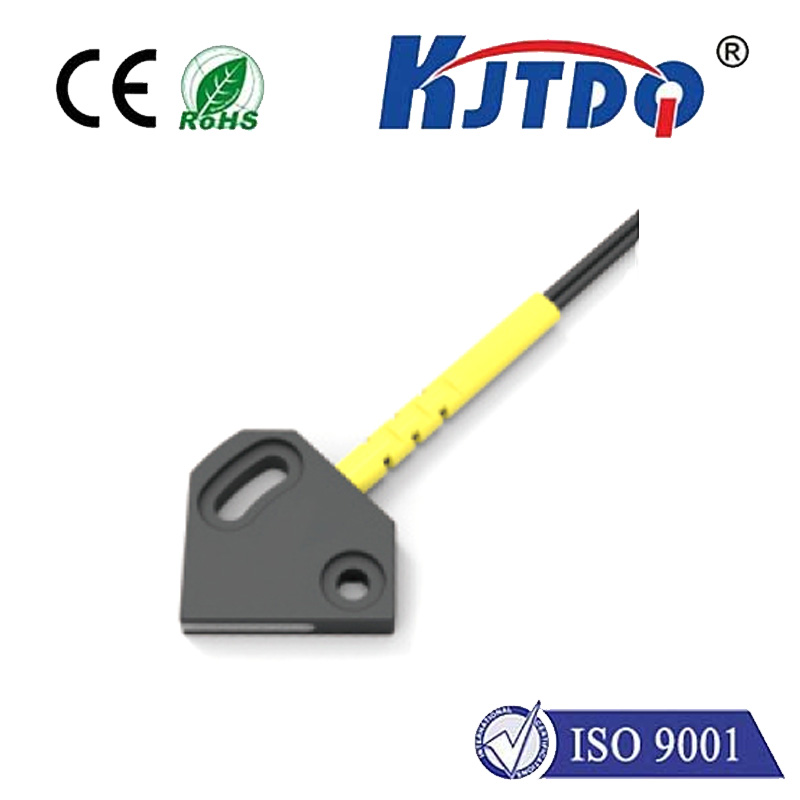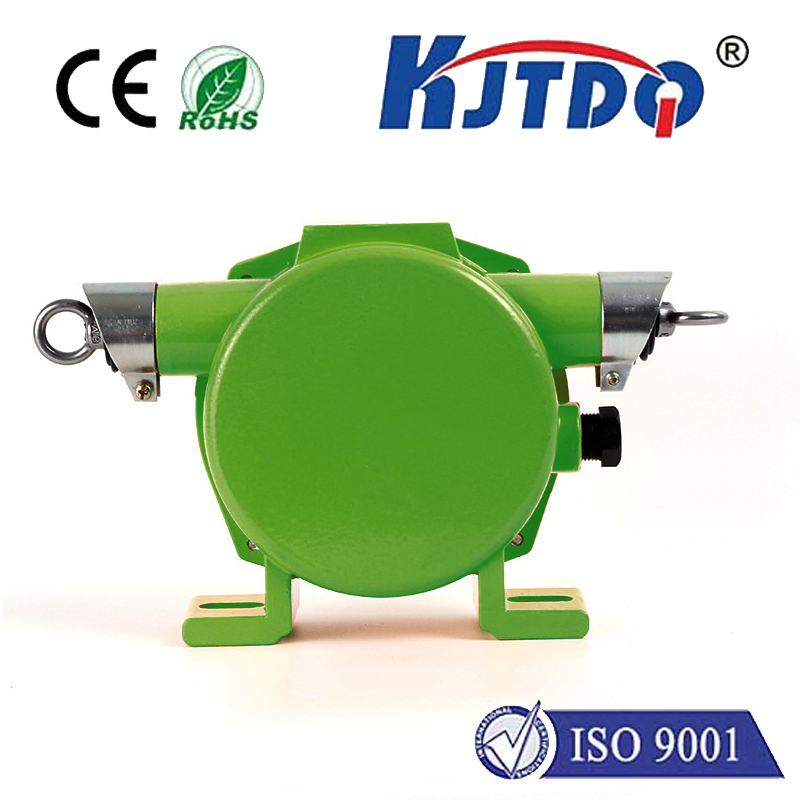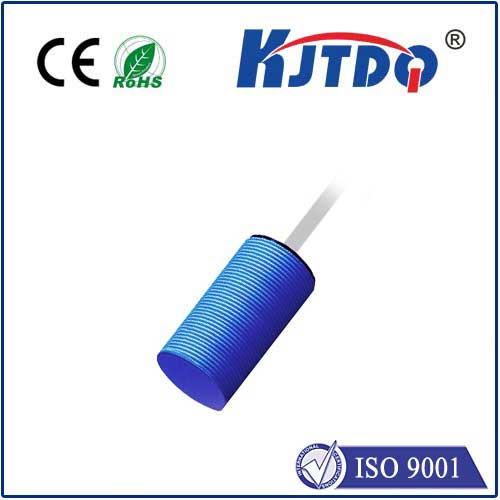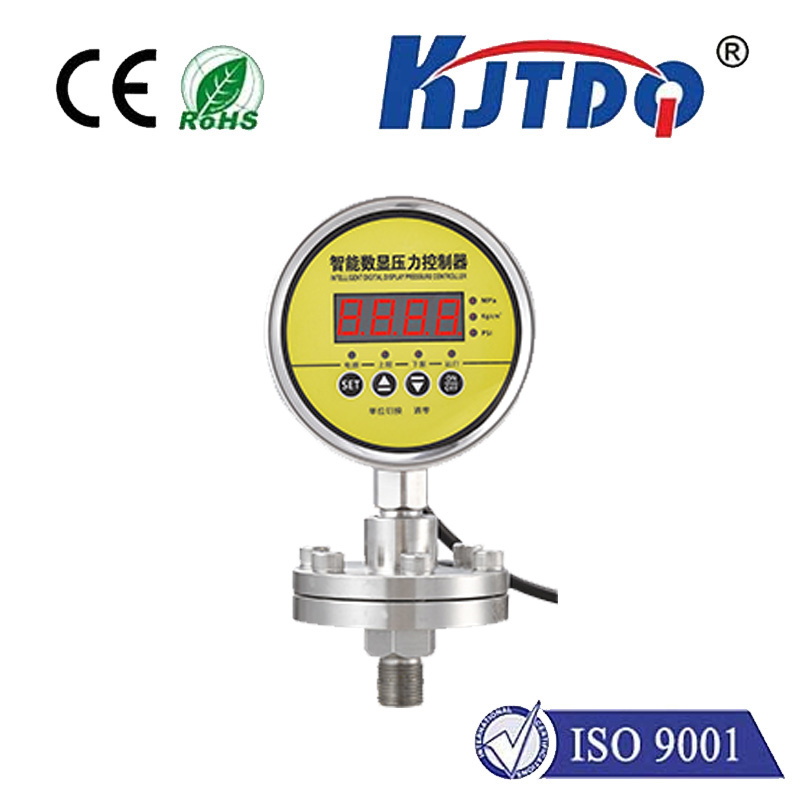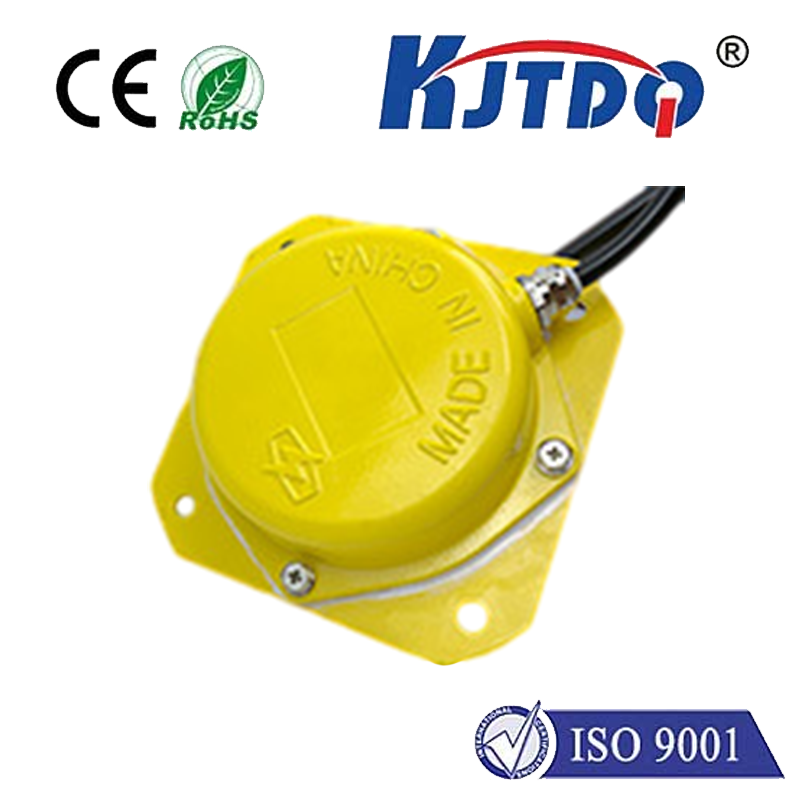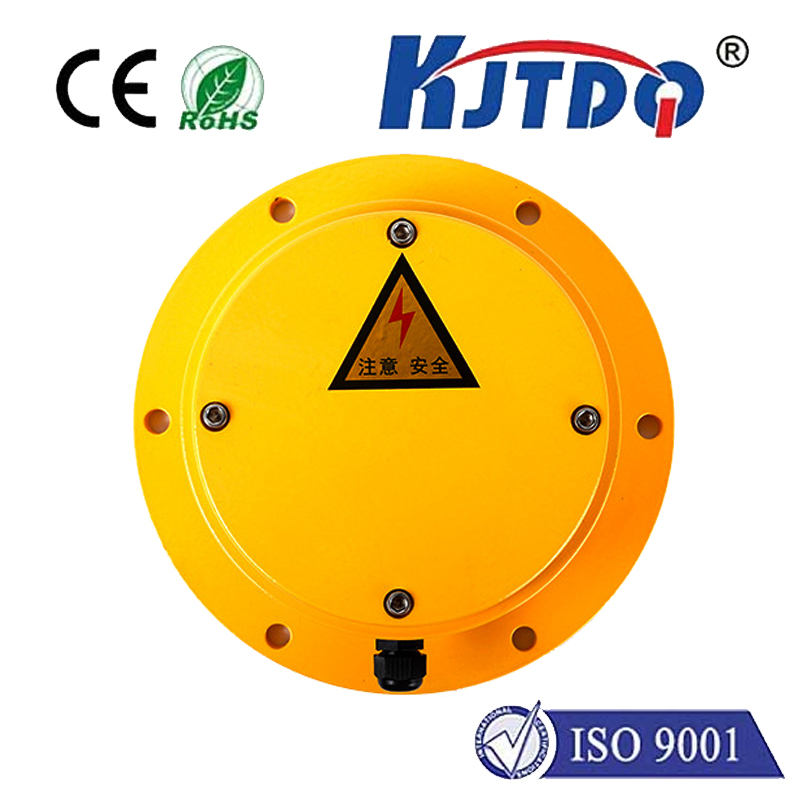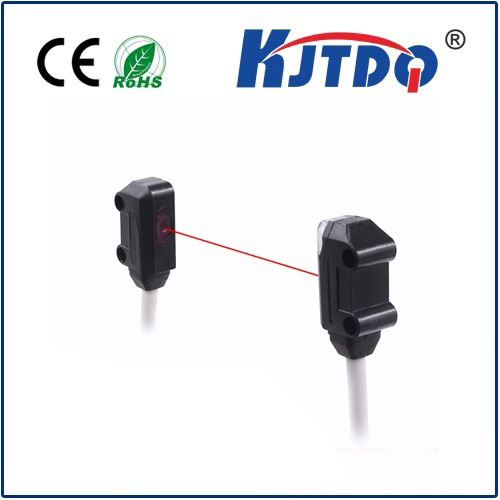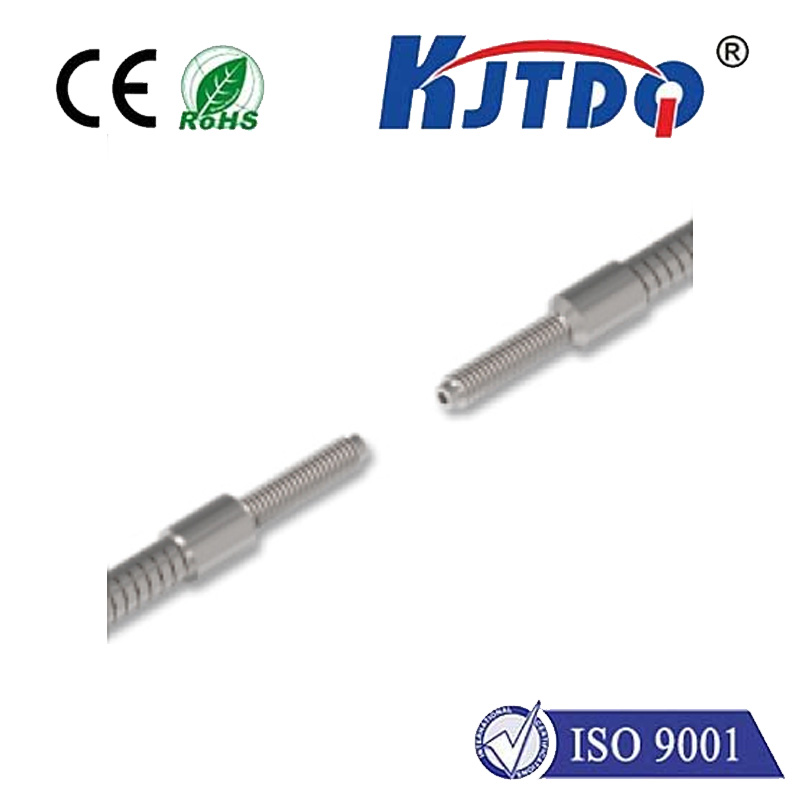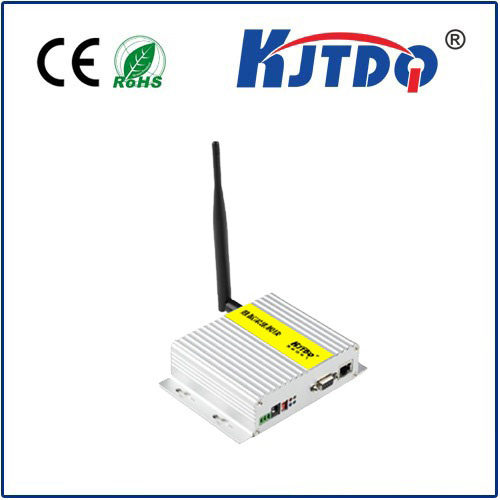
check

check

check

check

Title: Exploring the Advanced E3FA-RN21 Photoelectric Sensor Technology In today’s rapidly advancing technological landscape, photoelectric sensor technology has become an indispensable component in various industrial applications. Among the myriad of sensors available, the E3FA-RN21 photoelectric sensor stands out for its exceptional capabilities and versatility. This article delves into the unique features and diverse applications of the E3FA-RN21 photoelectric sensor, highlighting why it is a preferred choice in the industry. Cutting-edge Features of the E3FA-RN21 Photoelectric Sensor The E3FA-RN21 photoelectric sensor incorporates state-of-the-art technology that enhances its performance and reliability. One of its key features is the high sensitivity, which ensures accurate detection even in challenging environments. The sensor’s robust design allows it to withstand harsh conditions, such as extreme temperatures, dust, and vibration, making it suitable for a wide range of industrial settings. Another notable aspect of the E3FA-RN21 is its versatile operating mode selection. It supports both through-beam and reflective sensing modes, providing flexibility in installation and use. Additionally, the sensor boasts a long detection distance and quick response time, enabling efficient and precise operation in automated systems. Applications Across Various Industries The versatility of the E3FA-RN21 photoelectric sensor makes it applicable across numerous industries. In the automotive sector, it is widely used for tasks such as part detection on assembly lines, ensuring seamless production processes. Its ability to detect small components accurately enhances manufacturing efficiency and product quality. In the packaging industry, the E3FA-RN21 plays a crucial role in monitoring and controlling filling levels, label placement, and verifying cap seals. Its reliable performance helps maintain consistent product quality and compliance with industry standards. Additionally, the E3FA-RN21 finds extensive use in the logistics and material handling sector. Its precision in detecting packages, pallets, and other materials facilitates streamlined warehouse operations and inventory management. Conclusion The E3FA-RN21 photoelectric sensor represents a significant advancement in sensor technology, offering superior performance and versatility. Its high sensitivity, robust design, and flexible operating modes make it an ideal choice for various industrial applications. As industries continue to evolve, the demand for reliable and efficient sensors like the E3FA-RN21 will undoubtedly grow, driving innovation and productivity across diverse sectors.
